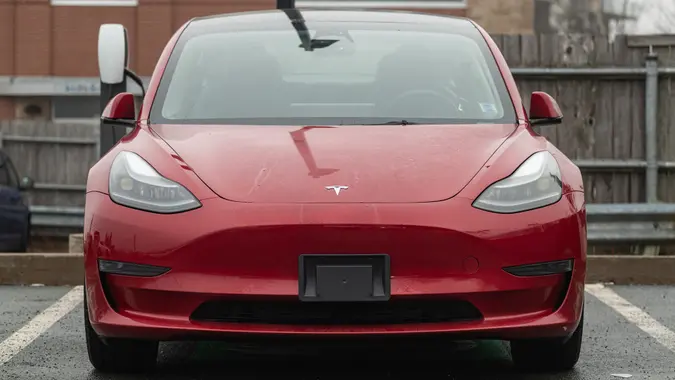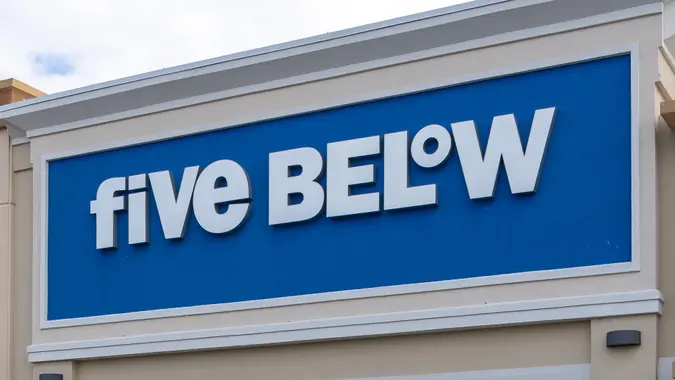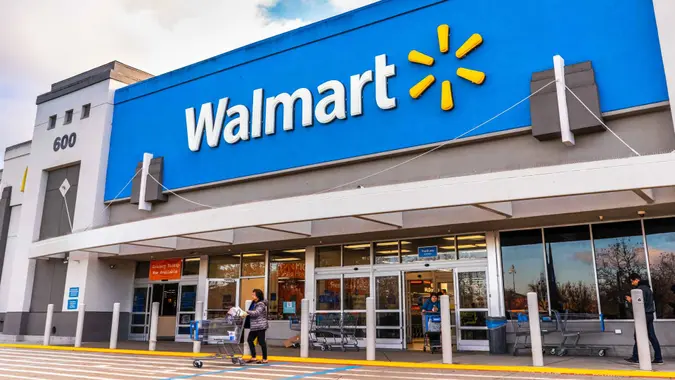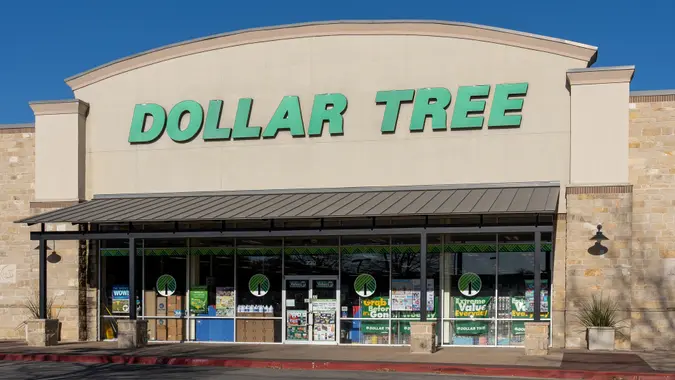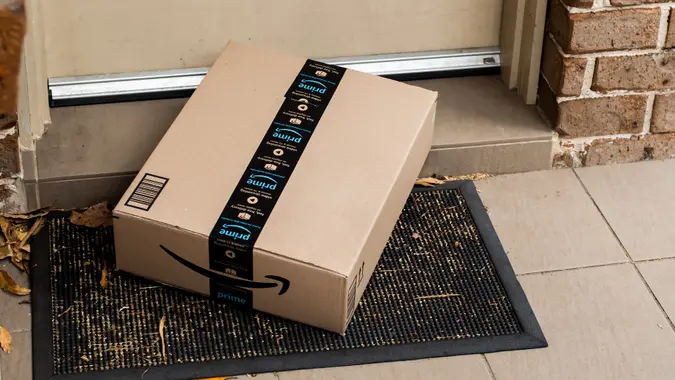3 Ways Plummeting Gas Prices Will Lower Your Car Costs in 2025

Commitment to Our Readers
GOBankingRates' editorial team is committed to bringing you unbiased reviews and information. We use data-driven methodologies to evaluate financial products and services - our reviews and ratings are not influenced by advertisers. You can read more about our editorial guidelines and our products and services review methodology.

20 Years
Helping You Live Richer

Reviewed
by Experts

Trusted by
Millions of Readers
Car owners have a lot more money in their pockets these days thanks to gasoline prices that have fallen more than 37% since hitting an all-time high of $5.016 a gallon in June 2022.
Nationally, the average gas price was $$3.101 a gallon as of Nov. 4, 2024, according to AAA. That was down from $3.216 a month ago and $3.494 a year ago. Some experts predict prices will continue to fall in 2025 and beyond.
“There are now 18 states east of the Rockies with averages below $3 a gallon,” Andrew Gross, AAA spokesperson, said in an Oct. 3 press release. “And OPEC+ is saying, at least for now, they will increase production starting Dec. 1, putting even more downward pressure on pump prices.”
Fatih Birol, executive director of the International Energy Agency, offered a similar assessment in recent comments reported by ABC 12.
“[Increased global oil production] would move us into a very different energy world from the one we have experienced in recent years during the global energy crisis,” Birol said in a statement. “It implies downward pressure on prices, providing some relief for consumers that have been hit hard by price spikes.”
Lower gas prices can have a snowball effect on the amount of money you pay in other areas. Here are three ways plummeting gas prices will lower your overall car costs in 2025.
You’ll Pay Less Money at the Pump
The clearest and most obvious way falling gas prices will lower your car costs next year — saving money at the pump. Assuming that you drive the same number of miles each year, paying 10% to 20% less on gas in 2025 could add up to hundreds of dollars in savings.
A report published earlier this year by Kelly Blue Book looked at the amount of money drivers spend on gas based on the vehicles they own and an average annual driving distance of 15,000 miles. The national average across all vehicles was $143 a month.
If gas prices rise by 25 cents a gallon, the average monthly cost climbs to $155. If gas prices rise by 50 cents a gallon, the monthly cost is $166. Spread over the course of a year, you could save $276 on gas alone just by avoiding a 50-cent per gallon price hike. The same holds true if prices fall by 50 cents a gallon in 2025 — you could end up saving more than $200 at the pump.
Frees Up More Money for Preventive Maintenance
An analysis from NextGen Personal Finance found that fuel typically takes up about 20% of your annual car budget. About 12% is spent on maintenance, repair and tires. When gas prices are especially high, they eat up an even bigger part of the budget. This could leave less money for maintenance and repairs if you are on an especially tight budget. One result is that you might skip needed tune-ups and oil changes that can help prevent expensive repairs.
But it also works in the other direction. If gas prices continue to plummet in 2025, you could have extra money to put toward preventive car maintenance, which can help lower repair costs.
Makes It Easier to Pay Down Car Loans
Another impact of lower gas prices is that you can put the extra money toward paying down your car loan. According to NextGen Personal Finance, the cost to finance a car takes up 10.29% of the typical car budget each year. If gas prices keep plummeting in 2025, one good move would be to take the savings and increase the amount of money you pay on your car loan.
Extra payments made on your car loan usually go toward the principal balance, according to LendingTree. This means you will lower your overall car costs by reducing the amount of interest you end up paying. But you’ll want to make sure first. As LendingTree noted, some lenders might apply the extra money to future payments that might not necessarily go toward the principal balance.
 Written by
Written by  Edited by
Edited by 







